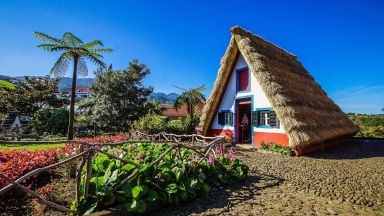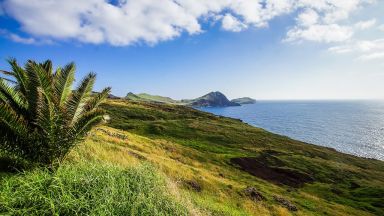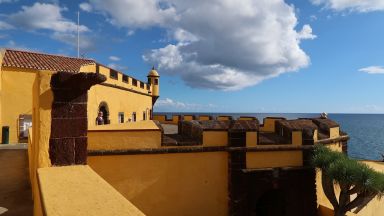Peso da Régua: The Complete Guide
Peso da Régua is a town located in the Alto Douro wine region in northern Portugal, and it is considered the capital of the Upper Douro province. The town is situated on the banks of the Douro River, and it is an important center for the production and trade of port wine, which has been the main economic activity in the region for centuries.
Peso da Régua is also a popular tourist destination, as it is the starting point for many Douro River cruises and tours of the region’s vineyards and wine cellars. The town itself has a number of attractions, including a historic railway station that dates back to the 19th century, and the Casa do Douro, which is a museum dedicated to the history and culture of the Douro wine region.
Visiting Peso da Régua for the first time and wondering what are the top places to see in the city? In this complete guide, I share the best things to do in Peso da Régua on the first visit. Top help you plan your trip, I have also included an interactive map and practical tips for visiting!
This website uses affiliate links which earn a small commission at no additional cost to you.
1 Best places to See in Peso da Régua
This complete guide to Peso da Régua not only tells you about the very best sights and tourist attractions for first-time visitors to the city but also provide insights into a few of our personal favorite things to do.
This is a practical guide to visiting the best places to see in Peso da Régua and is filled with tips and info that should answer all your questions!
Museu do Douro

Location: Museu do Douro, Rua do Marquês de Pombal, Peso da Régua, Portugal | Hours: 1st October-17 May: Tuesday-Sunday - 10 a.m.-6 p.m. (last entry: 5h45 p.m.); 18 May-30 September: Tuesday-Sunday - 10 a.m.-8 p.m. (last entry: 7h45 p.m.); Closed on Mondays. | Website | Distance: 0.50km
Visiting Museu do Douro


